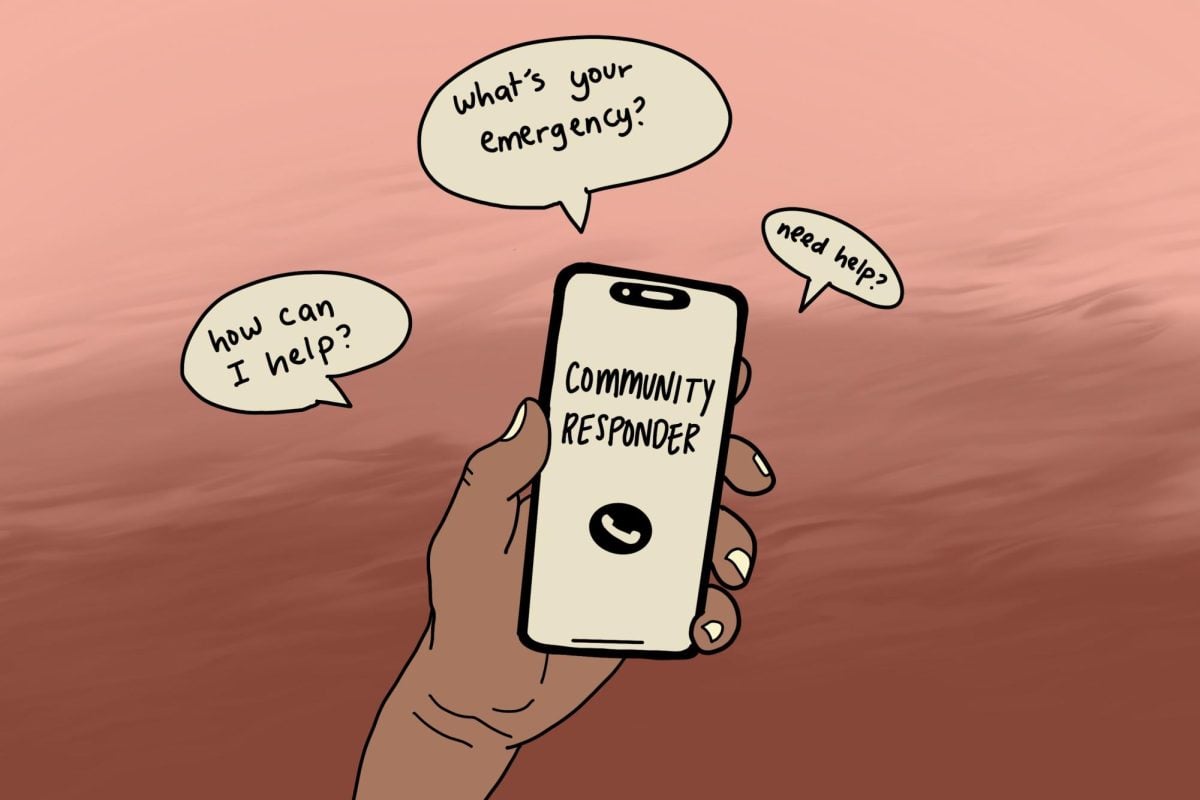Tens of thousands of 911 calls stream into the Evanston Police Department every year. From minor disputes to critical encounters, one versatile group is tasked with handling them all: police officers.
But soon, that may change.
“It is really obvious, if you look at all the different things we ask our police officers to do all day, that the breadth of those tasks is beyond any one person’s set of strengths,” Mayor Daniel Biss said. “It is just not feasible, realistic or fair to expect that the same person who responds to a minor traffic accident should also be the best person to respond to something like a shooting.”
The issue of overextended police responsibility has been at the forefront of Biss’ platform since he took office in 2021, he said. A community responder program, on the docket for City Council, could be the solution.
In this proposed program, teams of specially trained community responders will handle low-risk 911 calls to conserve police resources for higher-priority calls.
The program emerged from Evanston’s Reimagining Public Safety Committee, which includes Biss, Alds. Bobby Burns (5th), Devon Reid (8th) and Juan Geracaris (9th) and community members.
“If we want to provide the best possible services for individuals in crisis and all Evanston residents, we owe it to everyone to have appropriately trained and specialized personnel for the broad swath of types of emergencies that occur,” Biss said.
In late 2022, the Reimagining Public Safety Committee entered into a contract with Law Enforcement Action Partnership, a criminal justice reform organization that works with cities to develop community responder models.
LEAP spent the next year analyzing 911 call data, meeting with city stakeholders and engaging in extensive research to formulate a program catered to Evanston. Their work culminated in a 104-page report published in November. The report recommends the city establish a program with six teams of two community responders each, housed within the Parks and Recreation Department.
According to the report, once in full operation, community responders could handle approximately 36% of calls currently allocated to police.
“It’s a rough estimate based on existing call data,” said Amos Irwin, the program director at LEAP. “The challenge is that those numbers completely depend on how well the community and officers are aware of the program.”
LEAP Program Specialist Lionel King said community input was integral to the report. Throughout the process, he worked with Rachel Williams, the administrator of the Reimagining Public Safety Committee, on public outreach, gathering residents’ feedback at ward meetings and through an online survey.Both King and Williams said the community had mixed opinions.
“Some people were all for it, saying that this is something Evanston needs,” King said. “However, there were people … who may not be as comfortable with the idea.”
The main hesitation among residents, according to King and Williams, involved the safety of community responders, who would be unarmed.
In response, King said the report outlines several safety processes, including a screening procedure in which call-takers would analyze 911 calls for possible threats before dispatching community responders instead of police officers.
King, who used to be a child protective investigator, said a pattern of sending unarmed individuals into potentially dangerous situations is not new.
“We already have social workers going into very contentious situations and being able to resolve the situation as best as possible,” he said. “There are few situations that are more contentious than walking into a home and telling a parent that you’re going to have to remove their child, and I often did that with only a clipboard, a badge and my ability to de-escalate.”
According to Williams, the Reimagining Public Safety Committee has spent the past few months reviewing the report, engaging in internal discussions and seeking further feedback from residents. At the committee’s Feb. 6 meeting, members endorsed a program proposal to hire two teams of two community responders, who will work on a staggered schedule seven days a week.
Meanwhile, King said several prominent city and police leaders have been on board from the beginning, including Biss and EPD Chief Schenita Stewart.
“Evanston was a very unique situation because we didn’t have to do much convincing,” King said. “When we spoke with the police chief for the first time, she was supportive, and that was a first in my time with LEAP, to have a police chief say that they believe in the idea of alternative response.”
Though the program is not yet approved, the city has already allocated $400,000 in its 2024 budget for potential implementation.
The program will go to a vote at City Council’s Feb. 26 meeting, Biss said. If approved, he said the hiring process would start immediately, and dispatching community responders could begin as soon as this summer.
“I’m not a fortune-teller, but I’m optimistic,” Biss said. “I think our team has done real work on this, and they’ve put something together that’s exciting and meaningful. My hope is that the rest of council will agree.”
Email: melissadai2026@u.northwestern.edu
Related Stories:
— LEAP study recommends Evanston establish community responder program
— Evanston Police Department gives update on crime trends, community relations to City Council
— Reimagining Public Safety working group looks to Minnesota for inspiration on new department



















